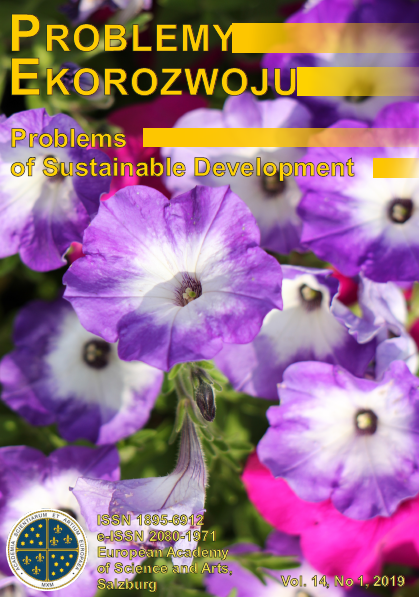Zaktualizowana ocena Indeksu Jakości Życia OECD
Mehmet Nar*, Mehmet Şükrü Nar**
*Associate Professor, Department of Economics, Faculty of Economics and Administrative Sciences, Artvin Coruh University, Turkey
E-mail: m.nar@artvin.edu.tr
**Associate Professor, Faculty of Arts and Sciences, Department of Sociology, Artvin Coruh University, Turkey
E-mail: mehmet.sukru@artvin.edu.tr
Abstract
Indexing for measuring the quality of life have been developed by various countries or organizations. Probably the most comprehensive among these indexes is the Better Life Index, which is developed by OECD. The sampling of the study consists of 34 countries that are the members of OECD, and two countries that are not members of OECD. The data are obtained from the 2017 criteria of OECD life index. In this way, the welfare levels of the countries were compared through the 11 life index criteria defined by OECD. In the study, correlation and regression analyses were performed to reveal the relationships between the OECD life criteria and to measure the degree of these relationships. Thus, it was attempted to demonstrate to what extent the index criteria, particularly the safety criterion, affect a society’s quality of life. When we evaluate these analyses in general sense, it was observed that there is a significant and positive relationship between the safety criterion and other parameters. However, a negative relationship between the safety and the satisfaction criteria was found according to another result of the analyses. This is because of the fact that, after a certain threshold level, an individual won’t have a positive attitude towards the interventions to the living space.
Key words: quality of life, OECD, Better Life Index, security, social welfare, sustainability, socio-cultural factors
Streszczenie
Metody indeksowania danych w celu zmierzenia poziomu jakości życia są rozwijane przez wiele krajów i organizacji. Prawdopodobnie najbardziej obszernym z tych indeksów jest Better Life Index, opracowany przez OECD. W przypadku tego artykułu dane odnoszą się do 36 krajów, z których 34 należy do OECD, a pochodzą one z OECD Life Index z 2017 r. Poziomy dobrostanu w poszczególnych krajach zestawiono z 11 kryteriami określonymi przez OECD. Przeprowadzono analizy korelacji i regresji, aby wykazać powiązania pomiędzy kryteriami OECD Life i aby określić ich zakres. Umożliwiło to wykazanie w jakim zakresie kryteria indeksowania, w szczególności kryterium bezpieczeństwa, wpływają na jakość życia społecznego. Z ogólnej perspektywy można dostrzec istnienie znaczącego i pozytywnego związku pomiędzy kryterium bezpieczeństwa a innymi parametrami. Jednocześnie zauważono występowanie zależności negatywnej pomiędzy bezpieczeństwem a kryterium zadowolenia. Uwarunkowane jest to istnieniem pewnego poziomu progowego, powyżej którego jednostka nie będzie miała pozytywnego nastawienia do ingerowania w przestrzeń życiową.
Słowa kluczowe: jakość życia, OECD, Indeks Lepszego Życia, bezpieczeństwo, społeczny dobrostan, zrównoważoność, czynniki społeczno-kulturowe
Problemy Ekorozwoju 14(1)2019: 7-18
